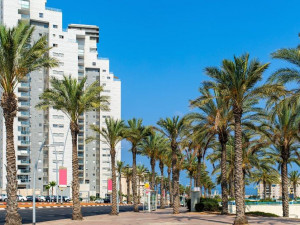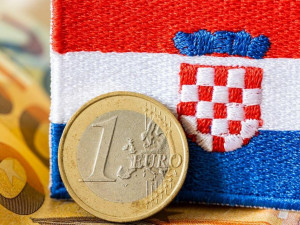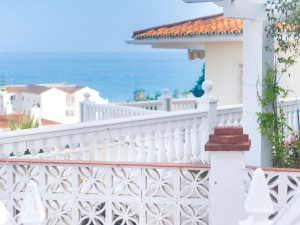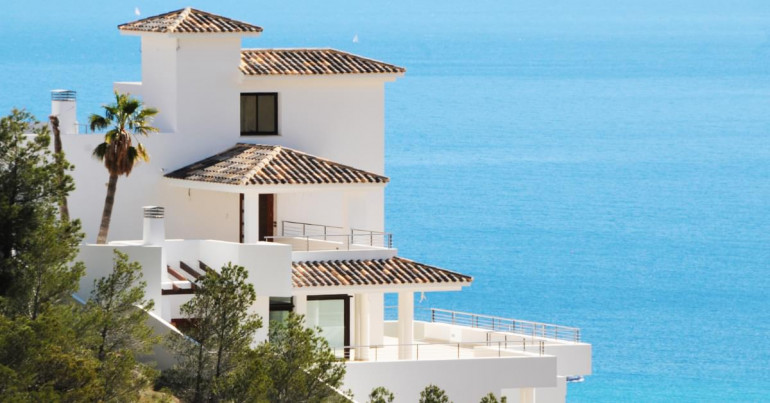
For many people who purchase a holiday home in sunnier climes, it’s the culmination of a long-held dream – but sometimes the reality of running one can come with a bigger price tag than expected. However, that doesn’t need to be the case, as there are plenty of ways to reduce the costs of owning a holiday home overseas: here are our top tips.
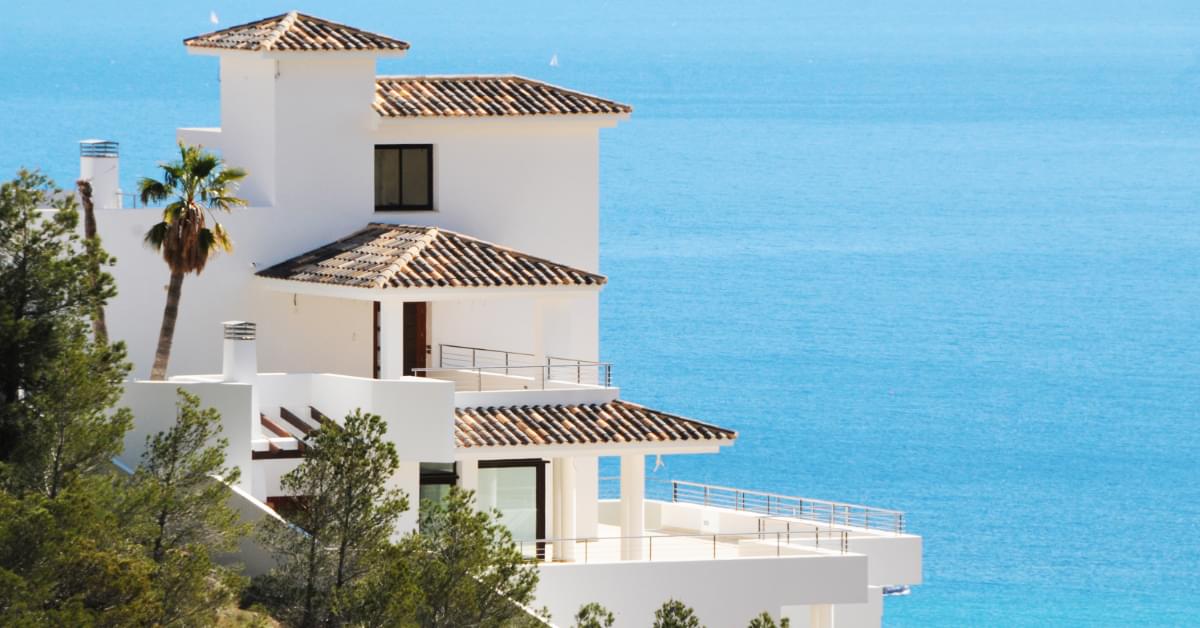
Working out the costs of owning a holiday home
We’ve previously covered the hidden expenses of buying a home abroad, but there are also important running costs to take into account, especially if it’s a holiday home where you’re not present on-site year-round. The key areas to think about are:
- Mortgage: If you’ve purchased with a mortgage, you’ll naturally have regular payments – and these may rise at your next renewal as inflation remains high in many countries.
- Taxes: In addition to your original purchase taxes, you may well have ongoing taxes to pay, such as France’s property tax, the taxe foncière, or Spain’s IBI tax; there may also be additional second-home taxes.
- Fees: Any ongoing fees, such as service charges or condo fees for shared facilities like swimming pools or gardens.
- Maintenance: As you won’t always be present at your holiday home – by definition – you’ll likely need to have local contacts to help you out, which can add costs.
- Insurance costs: You will normally need some form of home insurance and may choose additional plans too to cover other eventualities.
While these expenses will vary from location to location, there are some common elements you can look at in most regions to start cutting the costs of owning a holiday home.
Top ways to cut the costs of your second home
1. Consider the value of “future-proofing” maintenance
The adage tells us that you get what you pay for, which is very much the case with maintenance. While it can be tempting to cut costs on elements like materials when doing work, if you’re planning on staying in your home for years to come, this could be a false economy.
Instead, putting the initial outlay into having your house in “key-ready” condition, where you can lock up and leave with little worry in terms of maintenance, will mean fewer outgoings in the long run. This is particularly important when you’re not in your property for possibly half of the year or more.
Sometimes, this initial spend doesn’t even need to be that much more. For example, using anti-dust paint on the exterior of a home in dry and sometimes dusty southern Spain can help to protect the condition of your exterior, instead of letting dust cause cracks in the paintwork and staining over time. It’s a small solution, but one that can prevent more costly repairs further down the line.
2. Take advantage of unused periods to let out your property
Perhaps one of the most popular ways to reduce the bigger costs of owning a holiday home, such as your mortgage payments, is to put it up for rental during the periods when you’re not using it.
This has become easier than ever due to platforms like Airbnb and Vrbo, but it still requires some planning to be truly profitable.
Firstly, work out the general market conditions to understand what kind of price point you could advertise at. Have a look at similar listings to see how they’re priced, and look at houses below the offering of your property (e.g. one-bed homes rather than two-bed homes) to see the lowest minimum threshold and likewise for above to see the maximum highest threshold.
Once you have the total estimated income, add up your existing ongoing costs like your mortgage, insurance and extra taxes based on your status as a non-resident landlord. For example, in Spain, you will pay a 19% flat tax rate on rental income if you’re from the European Economic Area and 24% if you’re not, like the UK.
Calculate any extra management costs you’d need to be able to let your property. For example, you will need someone to do your changeover and manage things like cleaning, swapping over bed linen and so on. Likewise, consider costs for any required certification such as fire safety. Remember too that some countries charge for a short-term tourist licence, such as Greece, where it costs €100 for annual renewal.
Now take your annual rental income and divide it by the total sum of your annual expenses. Time this by 100 to get your yield rate, and you can understand the type of return you would have and how it could help to put money against costs like your mortgage and taxes.
3. Go green and generate renewable energy
Most of us head to sunnier climes for our holiday homes, so take advantage of nature’s bounty by installing solar panels on your roof. This will largely be a long-term saving as, again, your initial outlay will be higher. Estimates place the costs of installing solar panels in France, for example, at €9,000-€15,000, with money for selling surplus energy back to the grid reaching up to €11,000.
However, there is usually government help; in the example of France above, you can benefit from VAT reductions to 5.5% and a zero-interest eco-loan of up to €50,000 to help finance ecological renovation work.
Clearly, this is a relatively long-term investment. However, just as in our first point, if you are planning for this to be your “forever” holiday home, then the long-term savings can be significant.
4. Protect your regular payments against currency volatility
If you’ve noticed a theme of future-proofing regular costs in these tips, then you would be right. However, there’s one key element we haven’t yet covered: the currency markets. Most international holiday homeowners find themselves having to deal with two currencies. That means you’re exposed to the same risks as when you first bought your property – except on a recurring basis. For everything from sending regular mortgage payments to receiving income from your holiday let, the constant, unpredictable changes in the exchange rates can add hundreds or even thousands to the cost of owning a holiday home.
This is why it’s so important to put in place a hedging strategy. For regular payments where you know the sum you’ll transfer in a given period of time, such as your mortgage, you can use a forward contract to lock in the same exchange rate throughout that period. You then pay a deposit of the total sum and transfer the remainder when agreed.
However, for one-off sums that you don’t need by a set time in your home currency, you might choose to use a market order. This way, you can choose to have your money sent automatically as soon as the markets hit your desired rate – even if it’s the middle of the night!
To find out more about how you can safeguard your ongoing costs, read our personal solutions page. With currency volatility removed from the costs of owning a holiday home, you can rest assured knowing your budget is accurate and protected.
Alexander Fordham
Alexander is a writer specialising in foreign exchange and overseas property, with seven years’ experience helping people to purchase abroad and send money safely, including hosting seminars on the topics around the UK. You can find him out hiking, travelling and working from Spain in the sunnier months.

